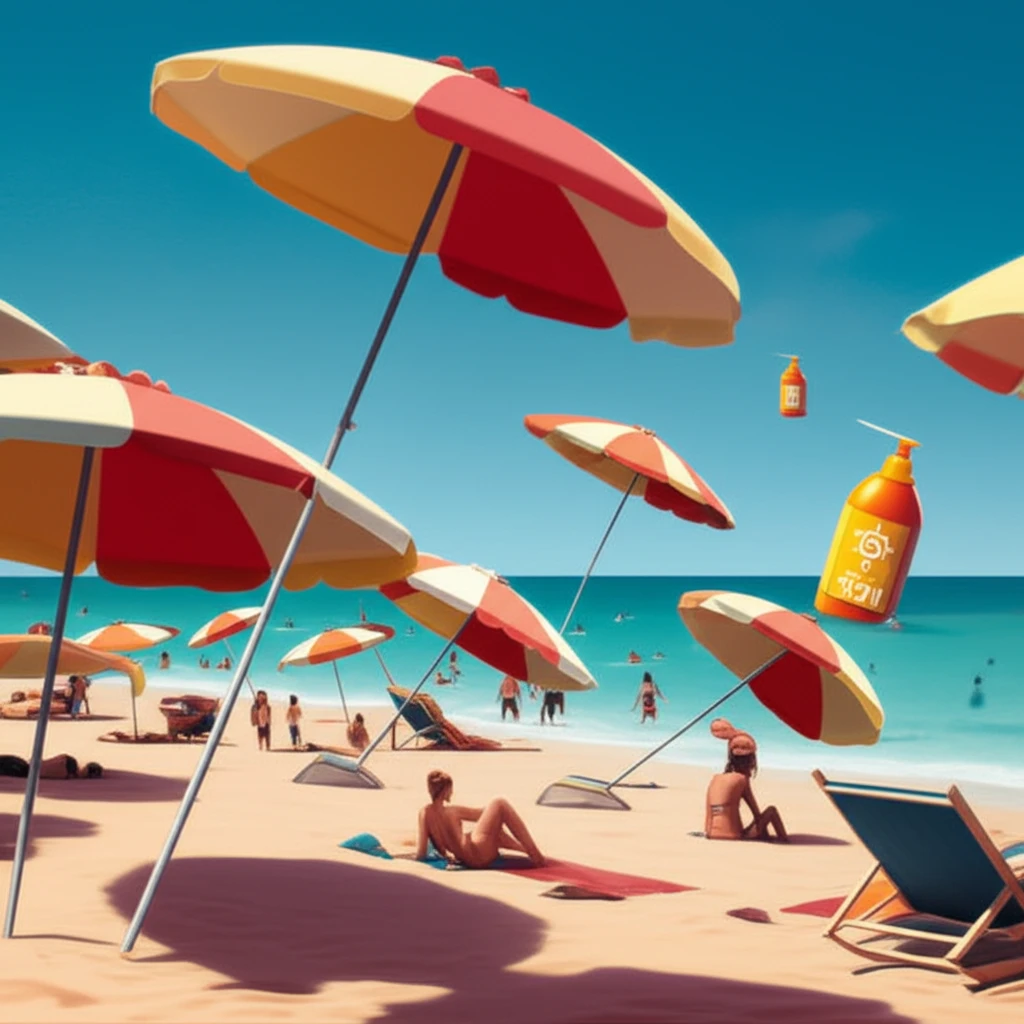
Sun-Safe Shores: How Coastal Towns Can Boost Sun Protection
"Uncover the gaps in sun protection policies at beaches and pools, and how communities can step up."
Australia faces a significant public health challenge with skin cancer, holding one of the highest per capita rates globally. The statistics are alarming: over 10,300 individuals are diagnosed with melanoma annually, and approximately 430,000 Australians are diagnosed with non-melanoma skin cancer each year. These figures underscore the urgent need for effective sun protection strategies, especially considering that a majority of Australians are likely to develop skin cancer by age 70.
The elevated levels of ultraviolet (UV) radiation across Australia contribute significantly to these high rates. This is compounded by a population with predominantly sun-sensitive skin and lifestyles that encourage outdoor activities, particularly during childhood and adolescence. The allure of Australia's recreational spaces, while promoting an active lifestyle, also increases UV exposure.
Recognizing that environmental factors play a crucial role in health behaviors, this article examines a study auditing sun protection measures in outdoor recreational settings within New South Wales (NSW) coastal towns. The findings reveal critical gaps in current policies and practices, highlighting opportunities for improvement and intervention to better protect public health.
Are Our Beaches and Pools Really Sun-Safe? The Audit's Shocking Finds

Researchers conducted a thorough audit of 30 public swimming pools, beaches, sports grounds, and skate parks in three NSW coastal towns. The aim was to evaluate the availability of shade, sun protection policies, and signage promoting sun safety. Visits were conducted both before and after the summer season (October 2009 and April 2010) to capture a comprehensive view of sun protection practices.
- Shade Deficiencies: More than half of sports grounds (58%) lacked sufficient shade. Beaches (49%) and skate parks (40%) also showed concerning deficits, often relying on inadequate natural shade.
- Pool Paradox: While pools were more likely to offer shade (36% coverage), and permanent shade structures (75%), main outdoor pool areas remained largely unprotected.
- Limited Sunscreen Availability: Sunscreen was the most readily available sun protection product, offered either for free (at nine sites) or for sale (at eight sites).
- Policy Gaps: All pools had at least one supportive sun protection policy. Alarmingly, only two of the 30 sites had any related signage to remind visitors of sun safety measures.
Turning the Tide: How to Make Our Communities Sun-Safe
The study's conclusions point towards a clear call to action: health-promoting organizations must actively support and engage local councils to invest in more comprehensive sun protection strategies. These strategies should focus on several key areas:
<ul><li><b>Prioritizing Shade:</b> Increasing shade provision, especially at beaches, skate parks, and sports grounds, is paramount.</li><li><b>Expanding Sun Protection:</b> Ensuring the availability of sunscreen and other protective items is essential.</li><li><b>Implementing Policies and Signage:</b> Introducing and enforcing comprehensive sun protection policies, accompanied by clear and informative signage, can promote behavioral changes.</li></ul>
By addressing these critical gaps, coastal towns can significantly improve sun protection within recreational environments, fostering healthier communities and reducing the risk of skin cancer for future generations.
